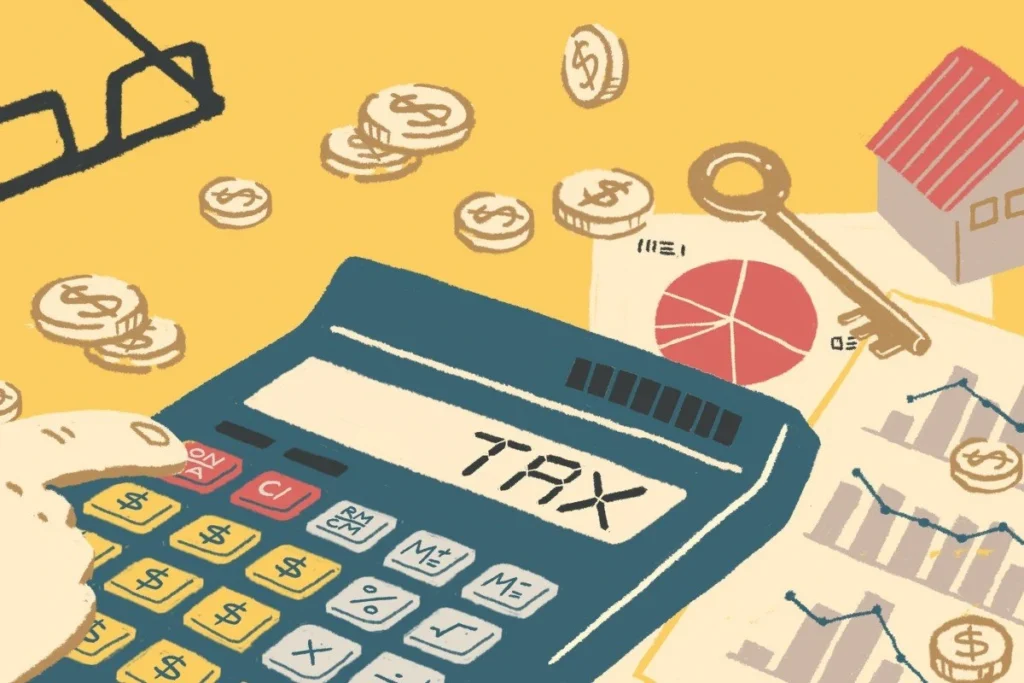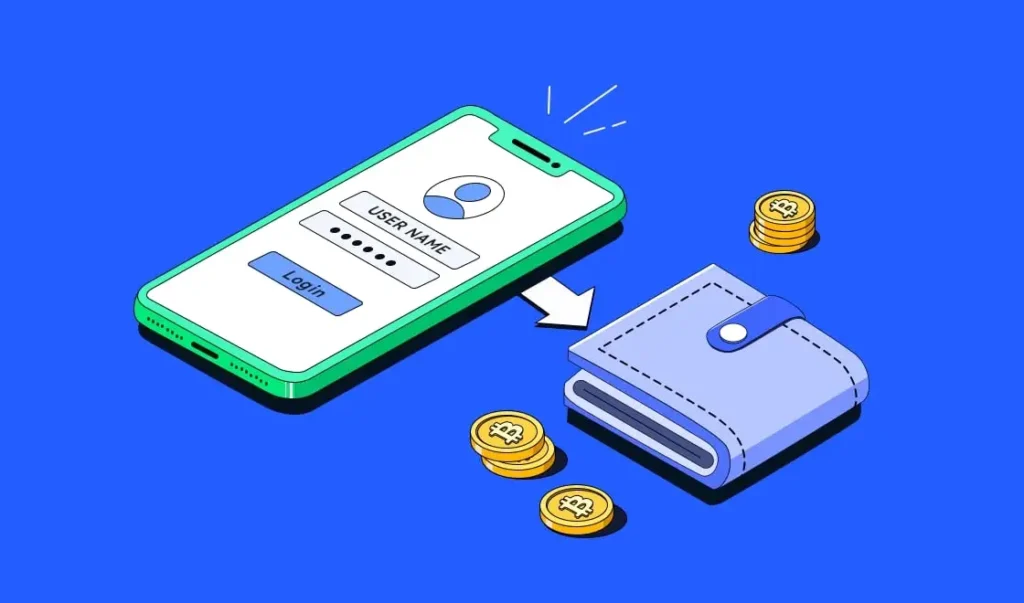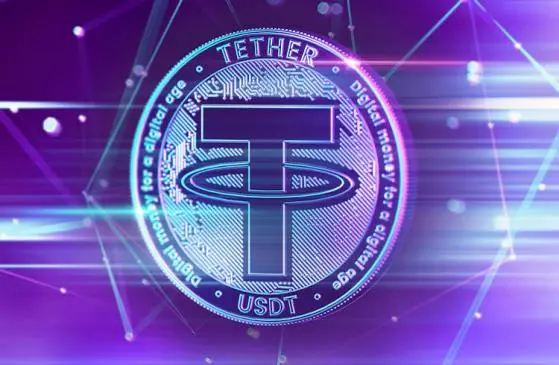Stablecoins at the Checkout: What the Law Says About Using USDT
Tether (USDT), a leading stablecoin pegged to the U.S. dollar, was designed for price stability in the crypto world, primarily to facilitate trading. But as interest grows in using USDT for daily spending, a new set of questions arises—mainly legal ones.
Is buying your lunch with USDT legal? What regulatory frameworks govern this kind of transaction? And are you risking more than your appetite when you choose stablecoins over fiat?
Let’s take a closer look.
Defining the Legal Status of USDT: Is It Currency, Property, or Something Else?

USDT’s core appeal—its stability—also raises regulatory ambiguity. In many jurisdictions, stablecoins like USDT do not fall neatly into categories like legal tender or securities. This poses a challenge for both users and businesses.
- In the U.S., the SEC and CFTC have signaled different interpretations of stablecoins depending on their structure and use.
- In the EU, the Markets in Crypto-Assets (MiCA) framework—coming into full effect in 2025—aims to classify and license stablecoin issuers like Tether.
- In Asia, responses vary: Japan requires stablecoins to be backed by regulated entities, while countries like Singapore are establishing new rules under the Payment Services Act.
For lunch-buyers, this means that spending USDT isn’t illegal, but it may fall into a gray zone, depending on where you live—and how you spend it.
USDT Daily Spending: Merchant Adoption Meets Compliance Challenges


From a legal standpoint, businesses that accept USDT must consider anti-money laundering (AML) and know-your-customer (KYC) compliance. This is why many vendors rely on regulated third-party processors like BitPay or Binance Pay, which help bridge the gap between crypto payments and fiat obligations.
Yet this convenience comes with caveats:
- Merchants must report certain transactions for tax and audit purposes.
- In countries with strict capital controls, crypto transactions may be viewed as unauthorized currency exchange.
- Consumer protection is minimal in the event of disputes or failed transfers.
So yes, you can buy lunch with USDT—but whether the restaurant is doing it legally and sustainably is another matter.
Stablecoin Payments and Tax Implications

Many jurisdictions treat crypto transactions as taxable events, including stablecoin transfers. This means:
- Spending USDT on a sandwich could be a taxable disposal of an asset.
- Users might be required to record the transaction, even for small purchases.
- Frequent stablecoin spending could complicate annual tax filings, especially if capital gains rules apply.
For casual users, this adds an unexpected layer of paperwork—and for regulators, a growing concern about unreported microtransactions in the crypto economy.
The Role of Blockchain Networks in Regulatory Exposure

Not all USDT is created equal—its legal implications can differ based on the blockchain it runs on (e.g., Ethereum, Tron, Solana). Some blockchains are considered more “privacy-friendly,” which can raise regulatory red flags.
- ERC-20 USDT may be slower and more expensive but is often viewed as more transparent.
- TRC-20 USDT (on Tron) is fast and cheap, but regulators in some regions worry about traceability.
This choice affects how regulators monitor your transactions—and whether you’re seen as compliant or suspicious.
Should You Be Spending USDT on Daily Purchases?

From a legal perspective, using USDT for lunch or groceries is not necessarily illegal—but it is legally complex. Until there’s clearer guidance from global regulators, users face several considerations:
- Does your jurisdiction regulate stablecoin spending?
- Are you using a compliant wallet or exchange?
- Are you prepared to report these transactions for tax or audit purposes?
Unless you’re well-versed in crypto law or have access to legal counsel, it may be safer to reserve USDT for larger purchases, cross-border transfers, or trading—at least for now.
Final Word: The Regulatory Future of USDT Spending

As stablecoin regulations evolve, we’ll likely see clearer pathways for using assets like USDT daily spending. Central banks and financial authorities are taking note, and some countries are already piloting frameworks that allow for limited crypto retail use.
So, can you legally buy lunch with USDT today? Technically yes, but be aware of the regulatory baggage it carries. Tomorrow’s burger might be easier to buy with stablecoins—but only if the law says so.
Relevent news: Here



